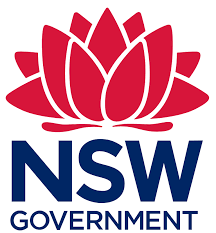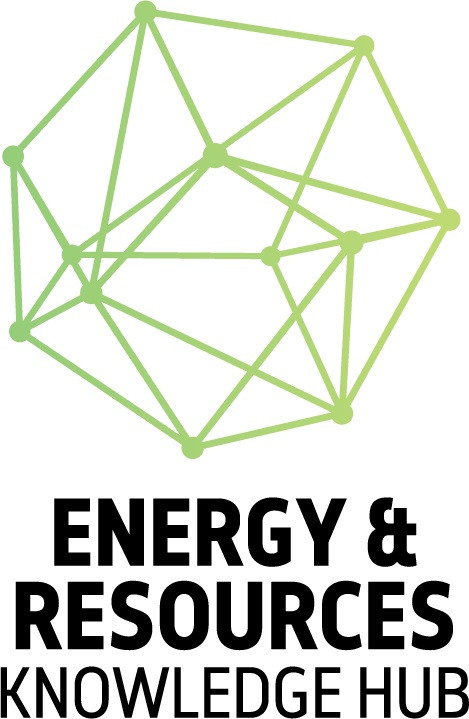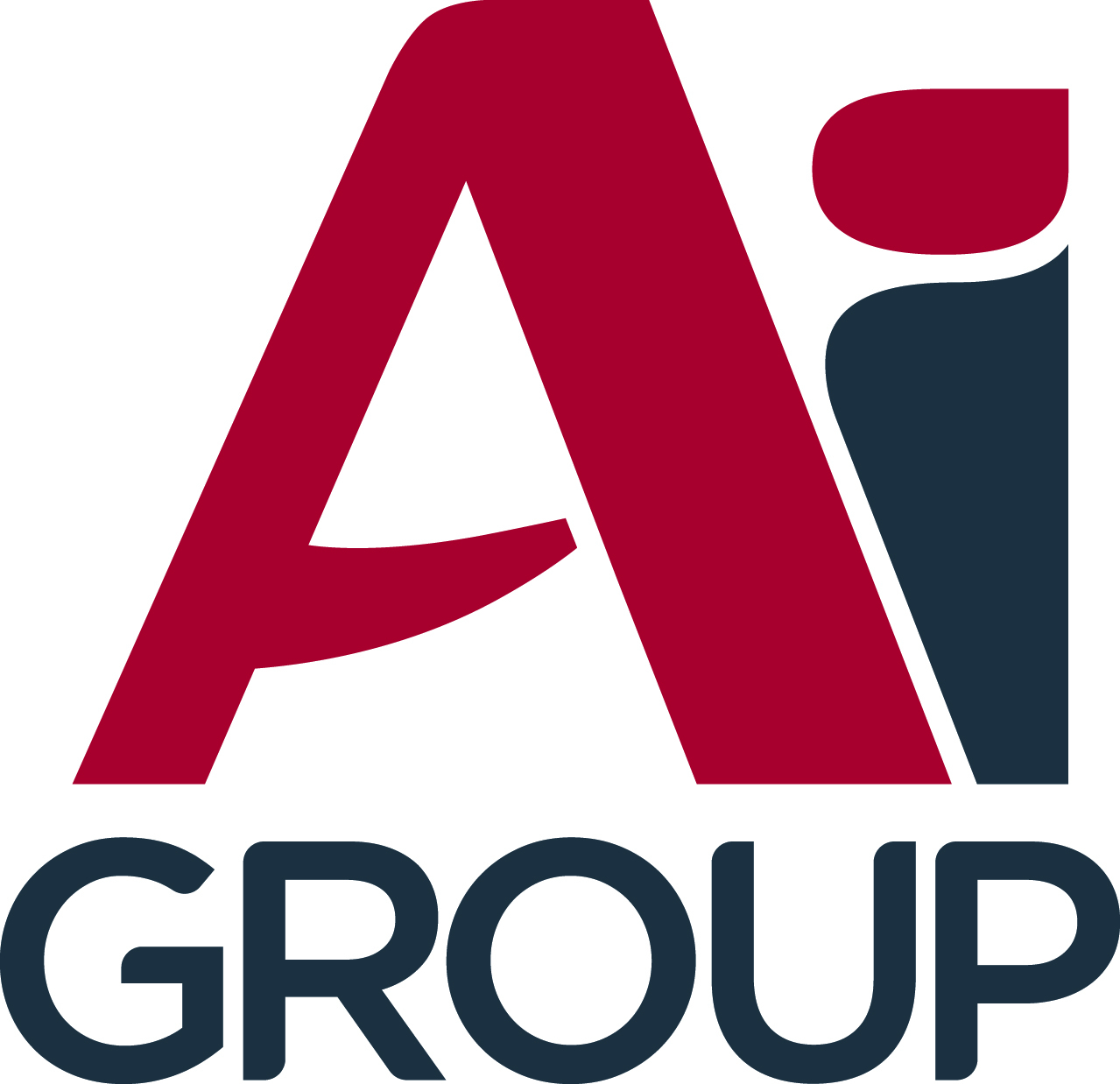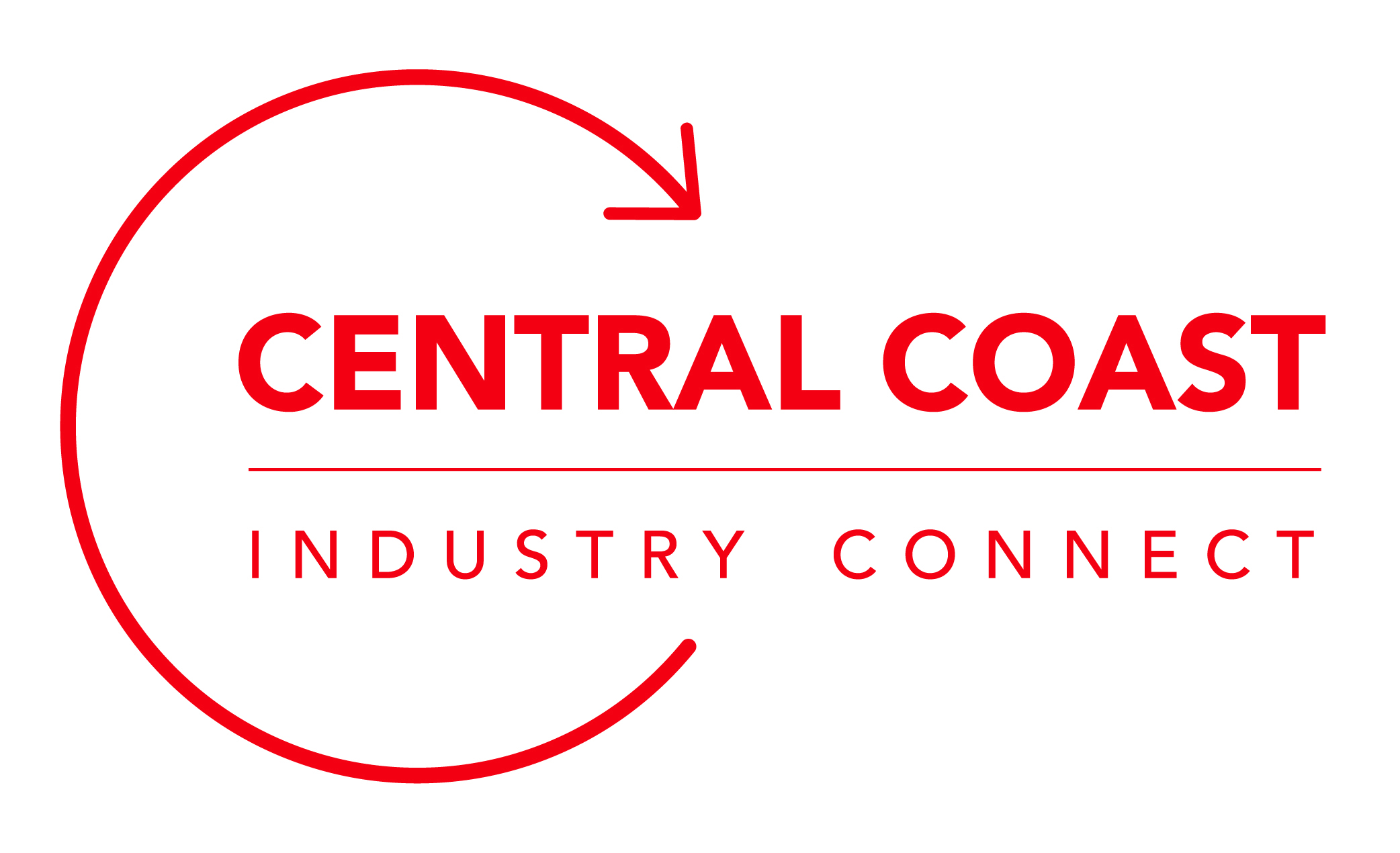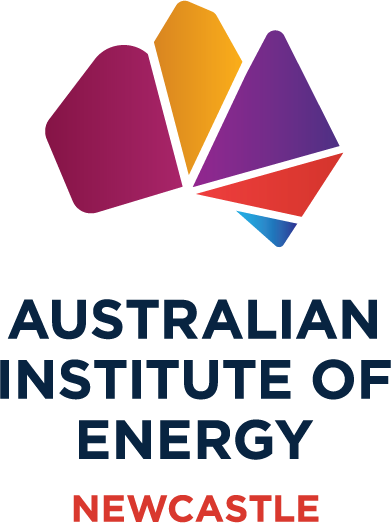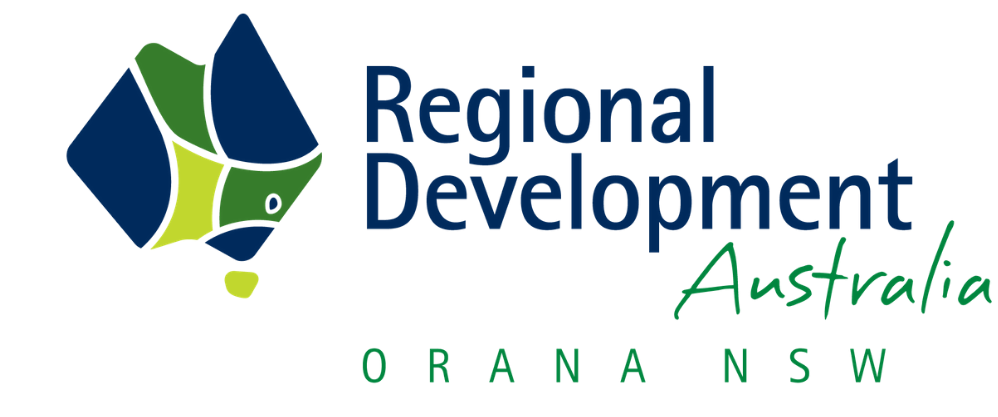Global Hydrogen Review finds demand for new applications of hydrogen jumped by 60% in 2021
The energy crisis has further strengthened interest in hydrogen, but greater policy support is needed to drive new and cleaner uses of it in heavy industry and long-distance transport
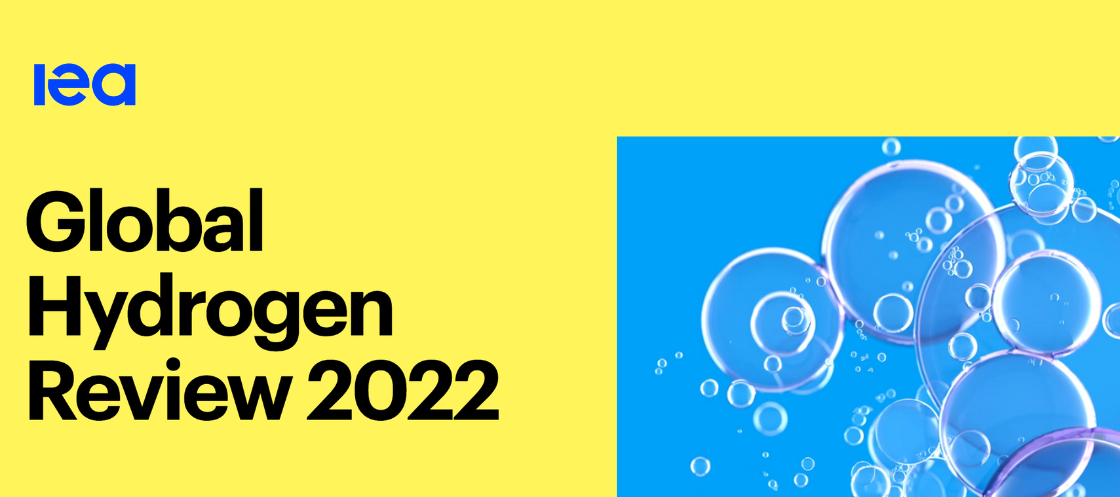
Momentum continues to build behind low-emissions hydrogen amid the global energy crisis, with electrolyser manufacturing expected to grow strongly and pilot projects proliferating in new applications such as steel and transport, a new IEA report says today. But these areas remain a small part of the overall hydrogen landscape, highlighting the need for greater policy support.
The encouraging developments in hydrogen technologies that can support the clean energy transition include an expected sixfold increase by 2025 in global manufacturing capacity of electrolysers, which are needed to produce low-emissions hydrogen from renewable electricity. Low-emissions hydrogen production worldwide in 2021 was less than 1 million tonnes – with practically all of it coming from plants using fossil fuels with carbon capture, utilisation and storage – according to the latest edition of the IEA’s annual Global Hydrogen Review.
Meanwhile, overall hydrogen demand worldwide reached 94 million tonnes in 2021, exceeding the previous annual high of 91 million tonnes reached in 2019. Almost all of the increase last year was met by hydrogen produced from fossil fuels without carbon capture. And while demand for new applications of hydrogen jumped by 60% in 2021, the growth was from such a low base that it rose to just 40,000 tons.
The Global Hydrogen Review lays out a series of policy recommendations to build the frameworks and create the demand needed to encourage investment in low-emissions hydrogen, including in the electrolysers and carbon capture technologies needed to produce it.
Some new applications for hydrogen are showing particular signs of progress today. Announcements of new steel projects are growing fast just one year after the first pilot plant for using pure hydrogen in direct reduction of iron started production. The first fleet of trains running on hydrogen fuel cells started operating in Germany, and there are also more than 100 pilot projects for using hydrogen and derivatives in shipping. In the power sector, announced projects using hydrogen and ammonia stack up to almost 3.5 gigawatts of potential capacity by 2030.
If all projects currently in the pipeline come to fruition, the production of low-emissions hydrogen could reach 16 million to 24 million tonnes per year by 2030, with more than half of it coming from electrolysers running on renewable energy. Completion of all the projects in the pipeline could result in the world’s capacity to produce hydrogen via electrolysers rising to up to 290 gigawatts in 2030 compared with 0.5 gigawatts in 2021. The report suggests that based on today’s prices, renewable hydrogen could already compete with hydrogen from fossil fuels in regions that have good renewable resources and that currently rely on imported fossil fuels for hydrogen production.
If electrolyser projects in the pipeline are completed and the planned scaling up in manufacturing capacities takes place, costs could fall by around 70% by 2030 compared with today.
The report suggests several steps for governments to reduce risk and improve the economic feasibility of low-emissions hydrogen. They can create demand through auctions, mandates, quotas and requirements in public procurement, and they can ensure that gas pipelines, terminals and other infrastructure are built to be compatible with hydrogen and ammonia. Establishing international markets in hydrogen requires cooperation to develop common standards, regulations and certifications.
The report is an output of the Clean Energy Ministerial Hydrogen Initiative and is intended to inform energy sector stakeholders on the status and future prospects of hydrogen while also informing discussions at the Hydrogen Energy Ministerial Meeting organised by Japan.




